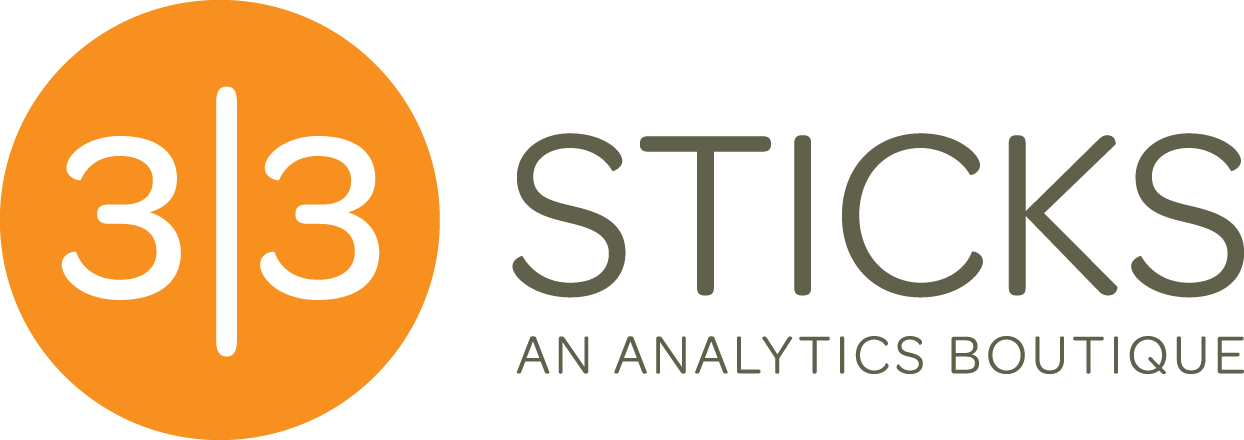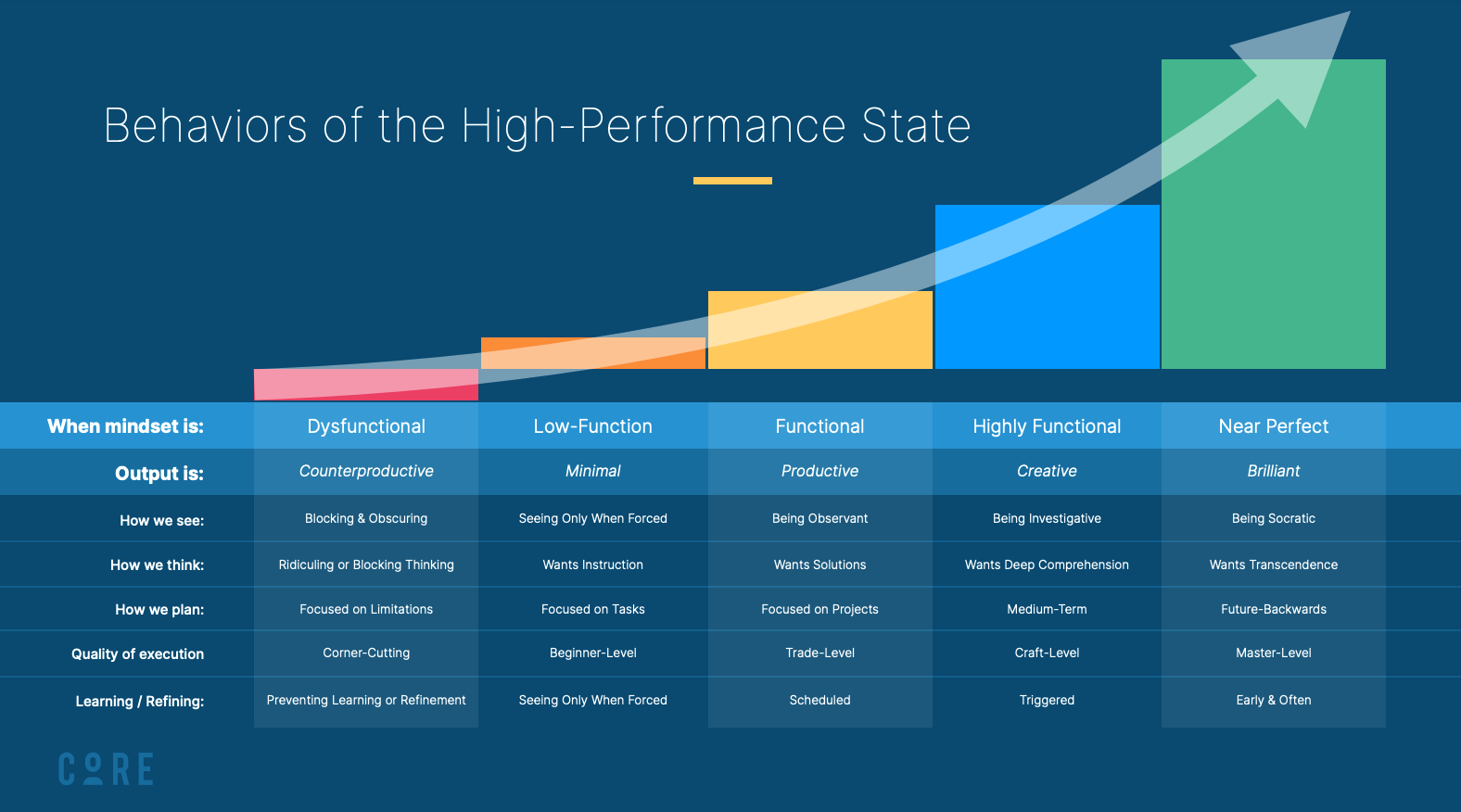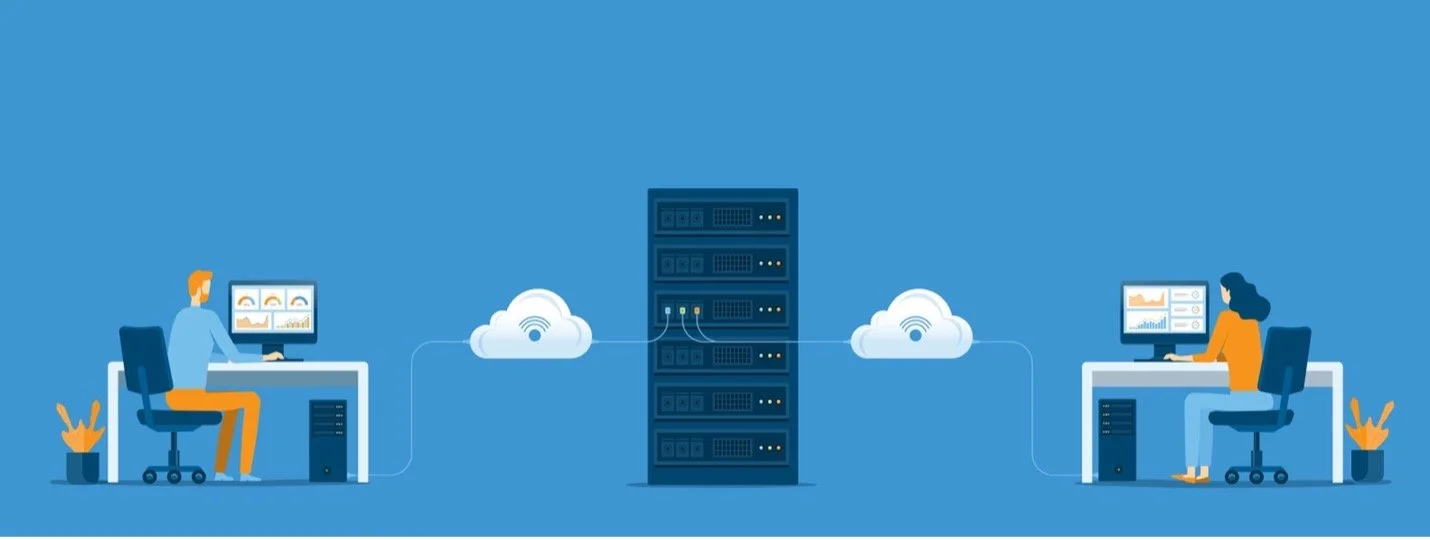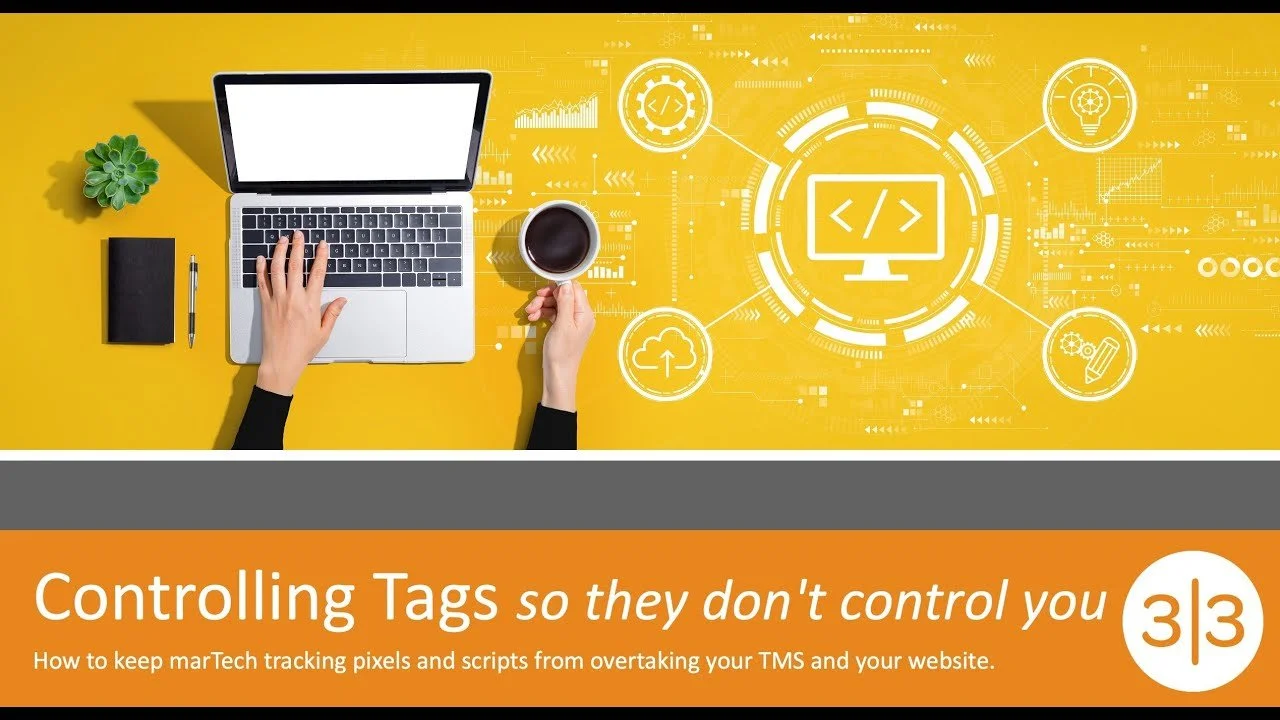10 Lessons From 10 Years in Business: Building the Right Team
Ten years ago, when Hila and i planted the seeds of 33 Sticks, we made a promise. This promise wasn't to ourselves, or investors, or even to the fast-paced analytics marketplace. It was a promise to the world - we would construct a company that consistently delivered incredibly positive experiences to our customers.
Building a Sustainable Analytics Practice
Embracing sustainable analytics practices is a critical step in ensuring long-term success for your organization and a healthier planet. By demanding ethical practices from technology vendors, hiring committed experts, and partnering with responsible agencies, businesses can create a sustainable analytics ecosystem that fosters growth, efficiency, and innovation. It's time to join the movement and make a lasting impact on our world.
Unlock the Hidden Power of Tertiary Metrics: Outperform Primary Metrics in A/B Testing for Breakthrough Results
If 25% of A/B tests run on the site result in a winner, what do we do with the other 75% of the tests that were run on the site that did not produce a winner? I like to call these tests INCONCLUSIVE AT THE PRIMARY METRIC LEVEL. I don’t like the term “losers” at all. Once you call a test a “loser,” your executive team stops listening. Trust me on this one, I see it happen all the time in meetings!
The Dark Side of the Leverage Model in Consulting Agencies: Prioritizing Profit Over People
If you are buying services from an agency, are you aware of the business model they are using?
Most agencies make use of a model called, the leverage model, this model often results in highly negative client experiences, lower quality deliverables, and adverse effects on the mental health of consultants.
The Agency Landscape is Changing: Embracing a Client-Centric Approach
For years, many companies have had negative experiences with agencies. This dissatisfaction can be attributed to a variety of factors, including misaligned billing models, prioritizing growth over client outcomes, and viewing clients as transactional relationships. As the agency landscape changes, it's time for agencies to adapt and embrace a more client-centric approach.
Freeing up your Data Teams so they can Provide Actionable Business Insights
We would like to argue that data-driven test ideas are some of the most impactful test ideas to drive results and help your senior leaders achieve their goals. Testing an idea that has the potential to address checkout funnel fallout and decrease that rate is impactful. That being said, how much time does your data team spend developing and providing these insights?
Simplification and Adopting a "Less is More" Mindset in Digital Analytics
In this final article in the series, we will discuss the second and third concepts of sustainable digital analytics: simplification and adopting a "less is more" mindset. We will explain why it is essential to simplify the current ecosystem and collect less but more actionable data to create greater business impact. We will highlight how a tool-first approach can be detrimental to digital analytics health and provide tips on how to avoid it. Finally, we will discuss the benefits of adopting a "less is more" mindset, which can lead to more valuable data and maintainable MarTech stacks.
The Importance of People-First Approach in Digital Analytics
In this article, we will delve into the first concept of sustainable digital analytics, which is putting people first. We will discuss the Avinash 10/90 rule and why it is essential to understand stakeholders and customers as people. We will explain how data can be used to make people feel better about their jobs and create more positive customer experiences. We will also highlight the importance of prioritizing employee and contractor hires who think sustainably about analytics and partnering with agencies and consulting firms that value quality over quantity.
The State of Digital Analytics and the Need for Sustainability
In this article, we will explore the current state of digital analytics and why there is a need for sustainability in the field. We will discuss the challenges that businesses face due to poor digital analytics health, such as technical debt and decision-making on invalid data. We will explain the concept of sustainability in digital analytics, which involves designing and deploying analytics solutions in a future-proof way that is easy to maintain and emphasizes clean data. Finally, we will outline the benefits of adopting a sustainable approach to digital analytics.
Making Sense of A/B Test Statistics
Let’s use the term Confidence Interval as a case study in how easily it is to use stories to effectively communicate difficult terms.
Maximizing Employee Potential: The Importance of Investment in High Performance
Investing in your employees' well-being and professional development is a win-win situation for both the employees and the organization. It can lead to improved productivity, job satisfaction, and company culture, while also helping you attract and retain top talent and gain a competitive advantage in the market.
Server-Side Architecture – It’s Not Only about a Server
Hear from 33 Sticks Principal Architect, Jenn Kunz, and 33 Sticks Principal Optimization Strategist, Jason Boal, about how you and your organization should be thinking about MarTech server-side technology.
Help Prevent Corruption: Just Say NO to Vendor Kickbacks
Vendor kickbacks refer to the practice of vendors paying money or offering other incentives, to agencies, in exchange for favorable recommendations or increased business. While this practice may seem like a win-win for both the vendor and the agency, it ultimately leads to harm for the 3rd participant in this relationship — THE CUSTOMER!
Sustainable Analytics: Why the 10/90 Rule is More Important Than Ever
In 2006, Avinash Kaushik, coined the term the 10/90 Rule for Magnificent Web Analytics Success.
The reasoning behind this rule was based on several studies that highlighted that while most large companies have made substantial investments in analytics software, they continue to struggle to make any meaningful business decisions based on the data.
We are quickly approaching 20 years from the date when Avinash introduced the 10/90 Rule and we are not closer to investing more in people than we are investing in software.
4 Strategies for Increasing the Value of your Optimization Program
This article provides you with a framework that you can leverage to ensure you deliver value and ensure that your group has a great experience each and every time you are in front of them presenting the results of your hard work in building your optimization program.
Controlling Your Marketing Tags So They Don't Control You
Hear from 33 Sticks Principal Implementation Architect, Jenn Kunz, on how best to maintain the health of your marketing technology ecosystem.
Using Sample Size Estimates to Build an Optimization Roadmap
You have put a tremendous amount of effort into compiling a prioritized list of test ideas for your Optimization roadmap. It’s taken months to build and includes data analysis, coordinating and facilitating ideation sessions across the organization, and ranking test ideas based upon potential impact. Now you are tasked with building out the Optimization roadmap on the calendar for the next several months and now you are to deliver your strategy to your VP……but, you’re not quite sure how to plan all of these test ideas into an integrated schedule on the calendar. Not to mention the complications that come with running overlapping tests on the same site pages. This is where Sample Size calculations come in handy.
Quantifying the Impact of Your Optimization Program
Whether your optimization program is just starting and only one employee is involved or if your optimization program has been in place for years and spreads across multiple teams within your organization, it is vital that the program impact is being measured and communicated broadly.
Why you may ask? Well, there are a few important reasons…
Creating a New Data Literate Generation
Through almost 20 years of experience, one of the biggest problems we’ve observed, not just within companies but within schools, communities, and the world in general, is a frightening lack of data literacy. Not only has this lack of data literacy translated into missed business opportunities to create really positive experiences for customers, but in a more important and serious way, the lack of data literacy has allowed companies, journalists, and politicians to effectively distort data in order to create divisiveness and chaos.
Avoid the Dangers of the Thud Factor
The “thud factor” is a long held practice of consulting firms and agencies in which the value of their engagement is calculated by the client based on the loudness of the final deliverable, contained in an over-sized 3-ring binder, landing on a dusty, outdated conference room table.




















